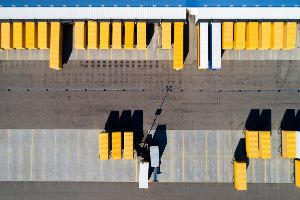Digital twins: the decisive hour is coming for the revolution of smart replicas
We are experiencing the boom of digital twins, a disruptive technology that has its roots in the early days of the space race and that has already begun to unleash its enormous potential in fields as diverse as industry and security.
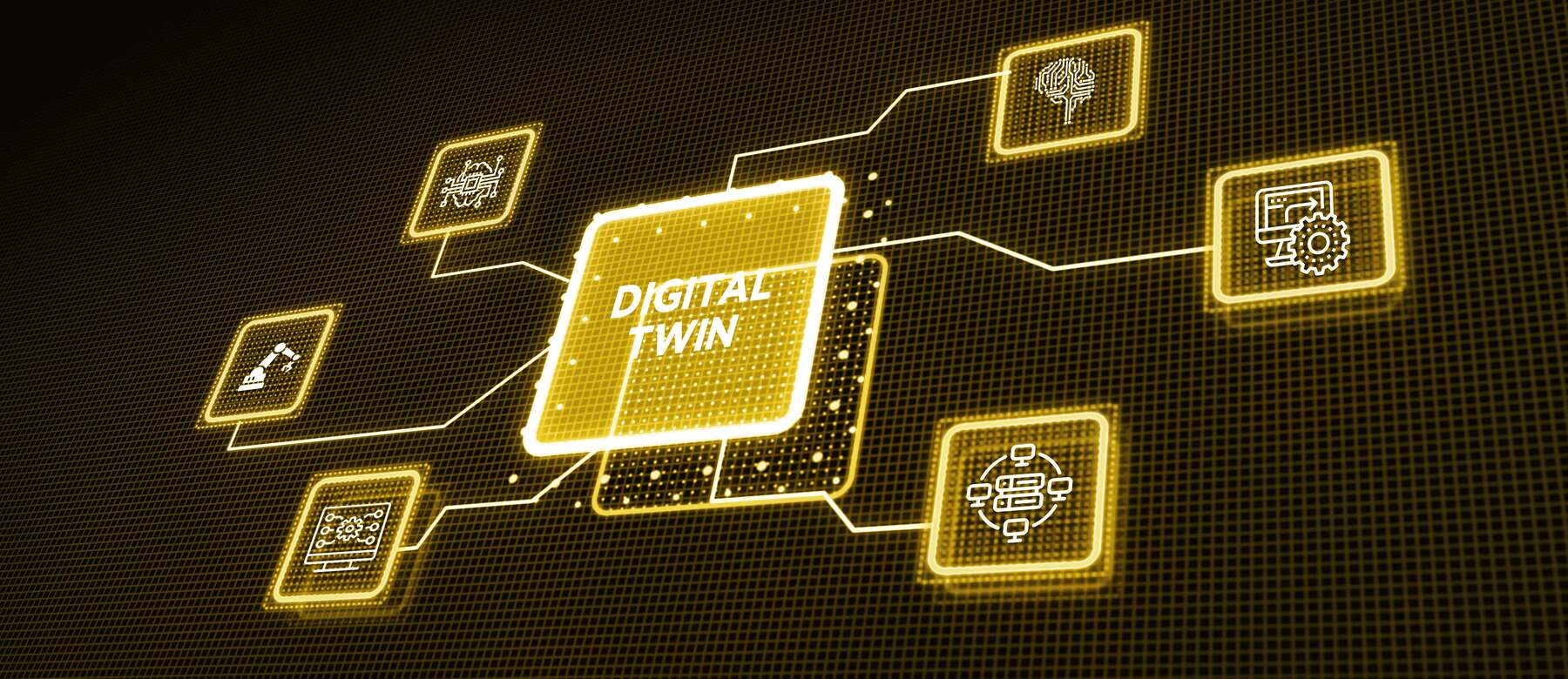.jpg)
Table of contents:
The prehistory of digital twins could be summed up in one sentence: "Houston, we have a problem". These words were spoken by Jack Sigwert, a crew member of Apollo 13, in April 1970, moments after noticing that there had been an explosion in one of the service model oxygen tanks.
Sigwert spoke with the icy calm of a battle-hardened professional, but that sentence seemed like the prelude to an inevitable catastrophe. The astronauts, blinded by the glare of the explosion and stunned by the noise of the alarm sensors, could not properly estimate the damage caused to the module, but everything pointed to the fact that they were facing a critical situation that would jeopardise both the mission and their own survival.
That Lunar Module is the first digital twin for which there is evidence, the direct ancestor of these digital twins which right now constitute one of the main disruptive technologies of the so-called fourth industrial revolution.
Luckily for them, NASA already had flight simulators in 1970 that, in practice, came to be almost exact digital replicas of the devices sent beyond the Earth's orbit. They were twin ships, in the jargon used by the US space agency. By using one of these simulators (the most complete of the 15 available, called the Lunar Service Module), the engineers were able to adjust the flight parameters and design, from 330,000 kilometres away, an emergency protocol that allowed the astronauts to return to Earth safely.
That Lunar Module is the first digital twin for which there is evidence, the direct ancestor of these digital twins which right now constitute one of the main disruptive technologies of the so-called fourth industrial revolution or industrial model 4.0. On that occasion, the press wrongfully published that the simulator used was an exact physical replica of the ship sent to the Moon, but the truth was, as explained by Gene Kranz, flight director of Apollo 13 and the main person in charge of the rescue operation, is that "the only real things were the cabin and the control consoles, the rest had been recreated virtually using supercomputers, algorithms and very high-level technicians".
In other words, it was a digital illusion created by computers, but so useful and so reliable that it served to predict exactly how the object for which it was a replica would behave in exceptional conditions.
An ecosystem of smart replicas
That's what digital twins are. Dynamic virtual copies of real objects that look and behave in the same way as their real-world counterparts. NASA had been replicating turbines, oxygen tanks and flight decks since 1960, but the flight simulators created for the Apollo 13 mission were a quantum leap that would soon be adapted to other fields. By the mid-1970s, the main nuclear power plants in the United States already had virtual replicas of key elements of their facilities, such as the reactors.
The main advantage is that such a replica can be observed, analysed and subjected to stress tests, which makes it a very useful element for developing safety protocols and anticipating possible accidents. The 1980s brought another breakthrough, with the introduction of computer design tools such as 2D CAD programs, which made replicas much more graphically accurate. However, the decisive steps forward in the development of this technology would not arrive until the end of the first decade of our century.
In terms of graphics, increasingly sophisticated three-dimensional parametric modelling and simulation systems began to be adopted, such as those used in the field of construction, architecture and design. In operational terms, developments in data mining have allowed modern digital twins to accurately reproduce the behaviour of the objects they simulate in real time, which means that now they are perfect twins.
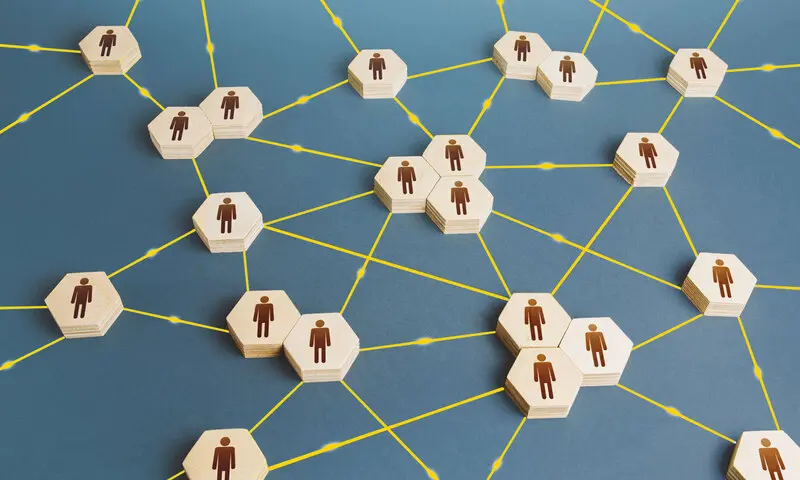%20(1).webp)
Applied technology suitable for all types of uses
In recent years, this advanced simulation technology is no longer exclusively limited to nuclear power plants or aerospace agencies. Right now, making a basic but perfectly working replica of almost any object or surface is relatively easy and inexpensive. Digital twins are created by scanning the objects to be reproduced or by using information modelling systems such as BIM, GIS or CAD 3D. Once the virtual copy is complete, it is connected to the physical object and the data is collected in real time from it and its environment using sensors.
They can be applied in many endless fields. Firstly, they give contextualised information. Imagine we have just created a digital twin of a factory. It does not even need to be is a three-dimensional recreation with a hyper-realistic level of detail, a schematic representation would suffice. This would allow us to move through the simulated spaces virtually, checking real-time data such as pressure, temperature or the readings of the different devices.
This possibility of monitoring large facilities conveniently, intuitively and remotely is of course the most obvious advantage, but there are many more. As the model accumulates data, it can be used to optimise processes, detect inefficiencies and recurring problems, or run detailed simulations based on working hypotheses that would be difficult (or impossible) to empirically test in the real world. For instance, a digital twin allows us to simulate how the reactor of a nuclear power plant would react in the event of a sudden spike in temperature, the effect that the gradual wear and tear of a particular machine could have on the general operation of an assembly line, or what exact amount of pressure would be required for reinforced glass to break.
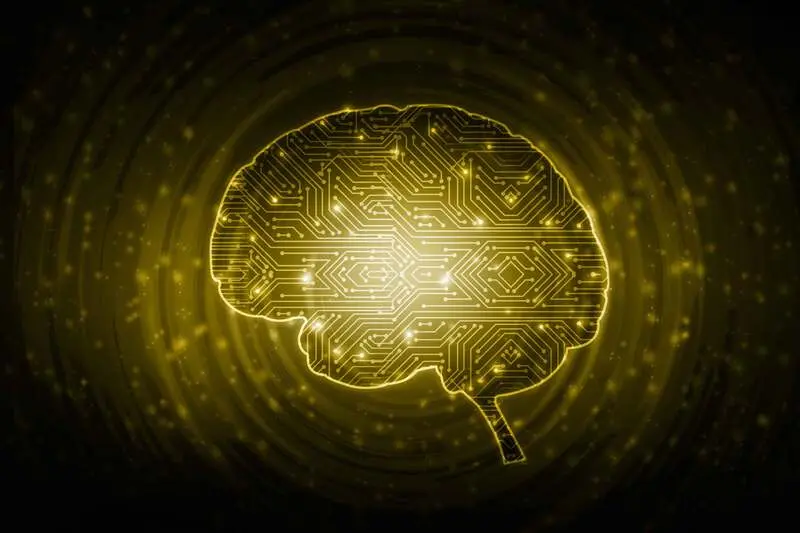.webp)
Emerging possibilities over the horizon
Digital twins are an extraordinary solution for process analysis. They allow us to anticipate different scenarios and ask complex questions that the system answers with a high degree of precision and reliability. The answers received, due to being visual simulations, are easy to interpret, unlike other analysis systems based on data management algorithms.
As explained by Andrew R. Chow in his prescient article in Time magazine, the most cutting-edge companies on the planet are turning to digital twins to "reduce maintenance costs, optimise decision-making processes and generally boost their operational efficiency". Chow discusses multiple examples of the recent boom in the use of this technology, from "the astonishingly detailed reproduction of the BMW factory in the medieval city of Regensburg" to the appearance of newly released simulation engines such as "Omniverse, by NVidia, or TwinMaker, by Amazon Web Sevices."
In the words of the Time analyst, it is "a rapidly-growing market, which has already recorded a global volume of more than 3,000 million dollars in 2021 and which will soon make that amount look insignificant." Chow also highlights some more subtle virtues of this imminent golden age of smart virtual replicas: "It will revolutionise worker training processes by allowing them to undergo all kinds of virtual test exercises, it will allow highly complex technical optimisation plans without spending physical resources, it will contribute to infrastructure improvement and it will help combat climate change. In a sense, "it's already starting to do a lot of those things." But we are on the cusp of something "radically new" and it seems that only the sky is the limit.
"digital twins are going to be used in health services, education, security, music or in everyday activities like taking a virtual safari to city children"
According to Richard Kerris, vice president of NVidia and one of the main managers of the Omniverse platform, "digital twins are going to be used in health services, education, security, music or in everyday activities like taking a virtual safari to city children". It boils down to "which companies are not interested in using this technology in the medium term and why are they resistant to change."
Chow believes that "at the moment, because it is a relative novelty that is just now gaining traction, any use of digital twins gives a real advantage, because it projects an image of an innovative, technologically disruptive company". However, in the medium term, "the technology itself will become trivial and what will really make the difference will be creative use of the multiple resources it offers."
The expert gives a series of clues as to where these transformative changes can go: "The main one will be to process the information that is collected in an increasingly intelligent way," he explains, "discarding what is useless and effectively filtering what is useful. Increasingly refined qualitative analysis techniques need to be developed. Another area where huge developments can be expected is the metaverse, which is generating a new economy in which digital twins fit like a glove." This leap, not yet fully complete, is what we are witnessing right now.
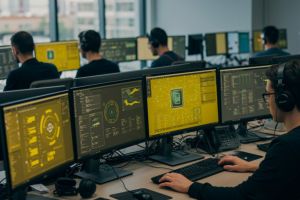.jpg)
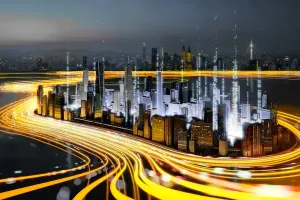.webp)
